Eating healthy is an important part of life. Many of us strive to eat as healthy as possible every day, but are you really consuming the best nutrients for your body? There are countless “superfoods” on the market. These foods boast so many health benefits that they’re referred to as superfoods because of their many super powers.
With so many superfoods available, it’s hard to know which ones offer the most benefits. That’s where we come in. We’ve compiled a list of 10 foods you should be eating every day. If you don’t consume anything else on a regular basis, do your best to incorporate these foods into your diet
1. Flaxseeds
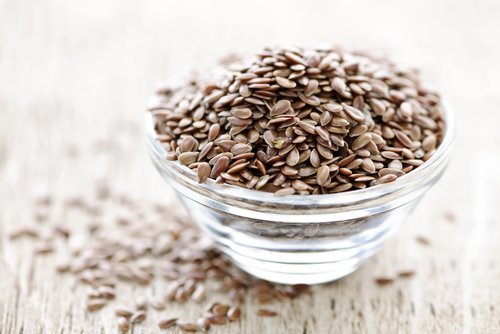
Flaxseeds are an easy way to add a big dose of fiber into your diet. They can be purchased in the bulk food area of any grocery store and can be sprinkled over salads, fish or any type of meal or snack. To give you an idea of just how healthy flaxseeds are, a single tablespoon of ground flaxseed sprinkled over cereal, yogurt or salad provides an easy 2.3 grams of fiber.
According to numerous medical studies, in addition to fiber, flaxseeds (or linseeds) are a rich source of micronutrients–including essential fatty acid (alpha-linolenic acid), vitamin B1, manganese, and vitamin B1, meaning they are a rich source of heart-healthy omega 3 fats and antioxidants that can reduce the risk of several health conditions, like heart disease, cancer, and type II diabetes.
2. Beans
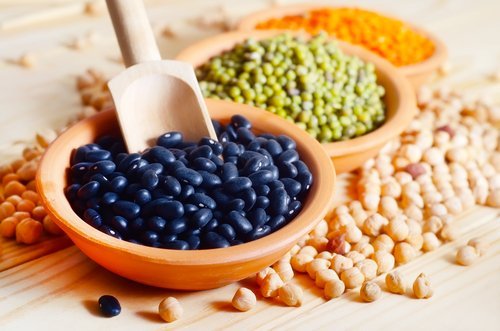
Beans, beans the magical fruit, the more you eat, the more you…get a good source of soluble fiber! The soluble fiber found in beans soaks up cholesterol, allowing your body to dispose of it before it sticks to your artery walls. They’re also proven to be one of the best sources of antioxidants.
Beans can be incorporated into your diet in many ways. You can whip up a nice batch of chili with tons of kidney beans, you can serve them fresh or you can work them into a salad. I even sneak beans into my meals, in sneaky places like casseroles and pasta sauces because many types of beans soak up and taste like whatever spices you use in main dishes.
3. Blueberries
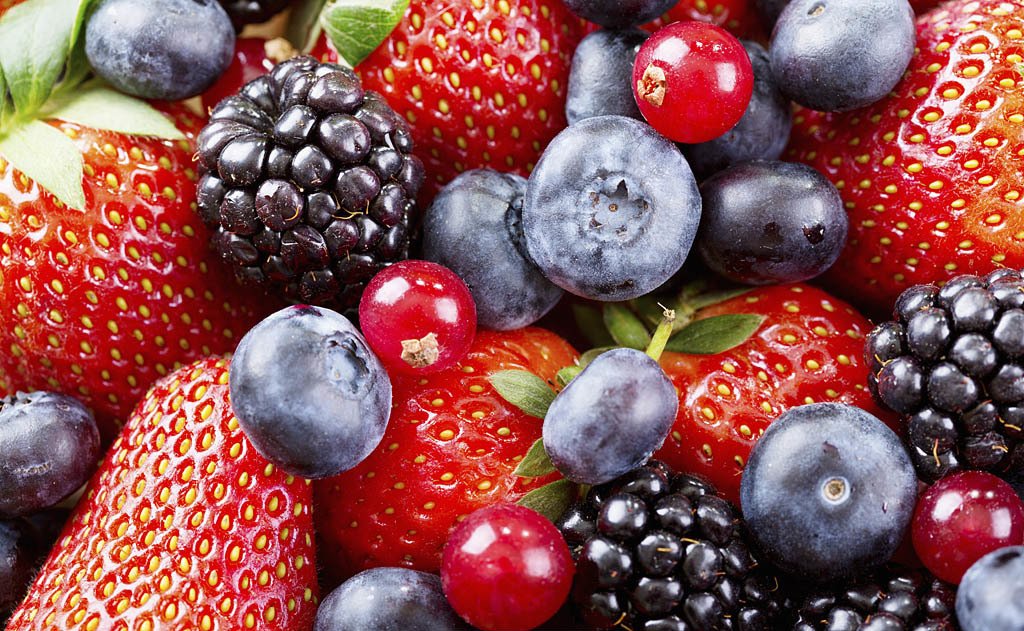
If you’re going to eat any fruit, make it blueberries. Blueberries are a better source of antioxidants than 40 other common fruits (such as strawberries and raspberries). While all berries are healthy (and great sources of antioxidants) you’ll get the most bang for your buck with this delicious fruit. Consider sprinkling them over greek yogurt or using them in a fruit salad.
In fact, blueberries are the mini blue fruit that benefits your insides as well as your outsides. According to research from Rutgers University, eating blues regularly can prevent urinary tract infections (they actually prevent bacteria from attaching to bladder walls and multiplying), and they work to soften dry skin due to their super high antioxidant compounds within
4. Yogurt
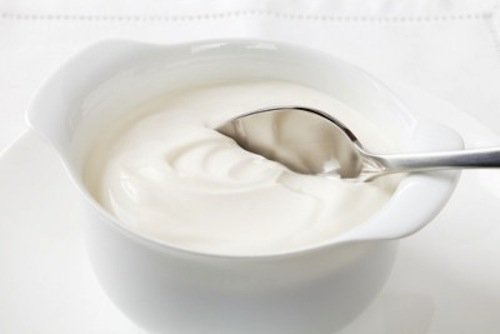
A single serving of yogurt will give you a significant amount calcium for the day. In addition to calcium, most yogurts are a great source of probiotics. Probiotics help protect your stomach against harmful bacterias that could lead to infection or illness. Starting your day off with a cup of yogurt (and blueberries on top) will work wonders for your overall health.
Research published by the American Journal of Clinical Nutrition shows that a diet that’s encompassed by regular servings of yogurt, can prevent all types of medical conditions, such as asthma, infections, several gastrointestinal conditions, and cancer, due to the beneficial lactic acid bacteria within.
5. Oats
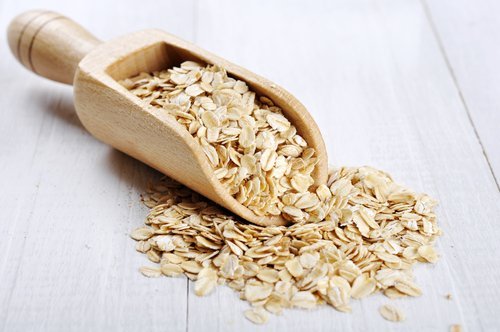
If you’re going to kick your day off with a cup of yogurt, consider adding a spoonful (or two) of oats. Oats have been proven to lower cholesterol and blood pressure, making them a great choice for adults looking to reduce these levels. 1 ½ cups (375 mL) of cooked oatmeal or thee packets of instant oatmeal provide enough beta-glucan to lower blood cholesterol by about five percent and heart attack risk by about 10 percent.
In fact, research reviewed by scientists at the University of Manitoba, in Canada, found that foods high in beta-glucan, like oats, decreased risk factors (including high blood cholesterol) for heart diesease. The studies were conducted over a 2 week period, with participants consuming various sources of beta-glucan, like oat bran, rolled oats, and oatmeal in a series of breakfast cereals, bread, muffins, powders, and muesli.
6. Broccoli
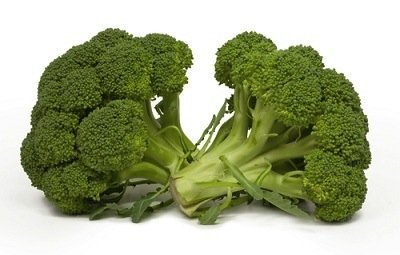
Much like blueberries for fruit, broccoli should be your number one choice when it comes to vegetables. The sulfur compounds found in broccoli which signal our genes to increase production of enzymes and detoxify potentially cancer-causing compounds. Broccoli can be eaten uncooked with a low-fat veggie dip or can be cooked and used a side dish, worked into a salad or incorporated into a casserole. The possibilities are endless.
Research from the American Cancer Society, links a variety of cruciferous vegetables, like broccoli, cabbage, bok choy, arugula, Brussels sprouts, cauliflower, collards, radish, kale, mustard greens, watercress, and turnips, or any veggies with dense clusters of green flower buds, to a reduction in the risk of colorectal cancers as well as other cancers.
7. Eggs
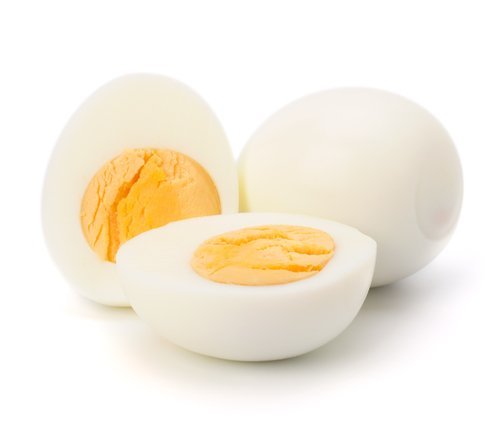
Eggs are a great source of high quality protein. They are also known to fill you up, preventing you from snacking on unhealthy mini-meals throughout the day. In addition to these benefits, eggs also help keep your eye health in check. Eating one (or two) eggs in the morning with fresh fruit or whole grain toast is a great way to give your body the nutrients it needs to keep you fuelled throughout the day.
In fact, eggs are one food that’s really a source of almost every vitamin and nutrient. One single egg is a source of vitamin D, vitamin A, vitamin K, folate, calcium, zinc, vitamins B12, B2, and B6, selenium, phosphorus, protein, essential fatty acids, and even trace nutrients that pretty much solidify eggs as a health superfood with a wee bit of almost every beneficial nutrient..
8. Spinach
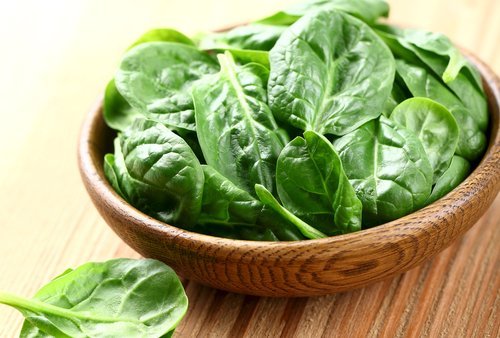
Spinach boasts so many health benefits. It is a great source of vitamins A, C and K, as well as some fiber, iron, calcium, potassium, magnesium and vitamin E. You can eat it raw in salads or cook it up and serve it alongside a chicken breast. If you don’t like the taste of spinach, throw a handful into a homemade smoothie. You won’t be able to taste it at all – and your body will still reap the benefits.
So take it from Popeye, and if not take it from the experts at Harvard Medical School, who claim spinach is good for combating a range of conditions, such as ovarian cancer. The 2002 Harvard study monitored a group of 66,940 women who ate diets high in the flavonoid kaempferol (evident in spinach). Data proved that the flavonoid reduced the risk of ovarian cancer risk by 40-percent compared to women who consumed low to no levels of flavonoids.
9. Mixed Nuts
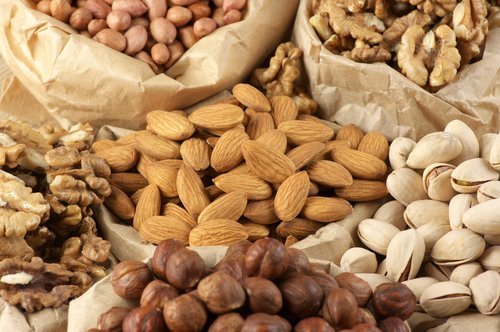
Mixed nuts are a great source of heart-healthy unsaturated fats. A recent study reveals that adults who consumed nuts on a regular basis were likely to live 2 years longer than their non-nut-eating counterparts. Walnuts and almonds are your best options when it comes to choosing which nuts to eat. Snacking on these tasty products will benefit your health in countless ways.
Research from the Dana-Farber Cancer Institute and Harvard Medical School and published in the New England Journal of Medicine, claims that munching on a daily handful (or 1-ounces) of nuts will lead to a longer, healthier life compared to a low nut diet. Study researcher, Charles Fuchs, says, “The preponderance of evidence suggests a health benefit [from eating nuts].”
10. Oranges
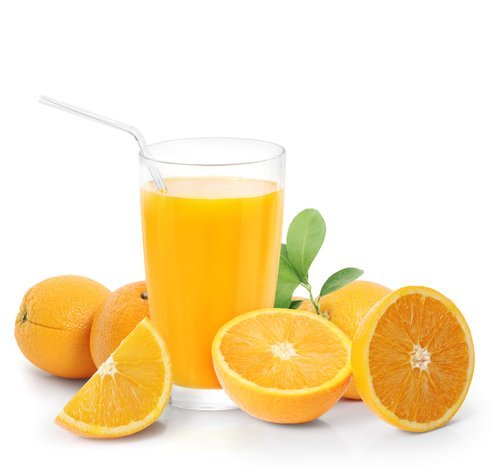
Eating one large, fresh orange will give you 100 percent of your daily recommended Vitamin C. Likewise, one cup of 100 percent pure orange juice will do the same. This tasty fruit is also high in fiber and folate, making it one of the best fruits to incorporate into your daily diet, in either juiced or whole form.
A study on orange juice in different forms, conducted by the the American Chemical Society and published in the Journal of Agricultural and Food Chemistry, discovered that frozen concentrated orange juice had the highest vitamin C levels compared to other orange and grapefruit juice options, such as orange juice from concentrate and pasteurized orange juice. However, they claim that no matter your OJ source, all 8-ounce servings provided an adequate daily requirement of vitamin C
0 200




No Comments